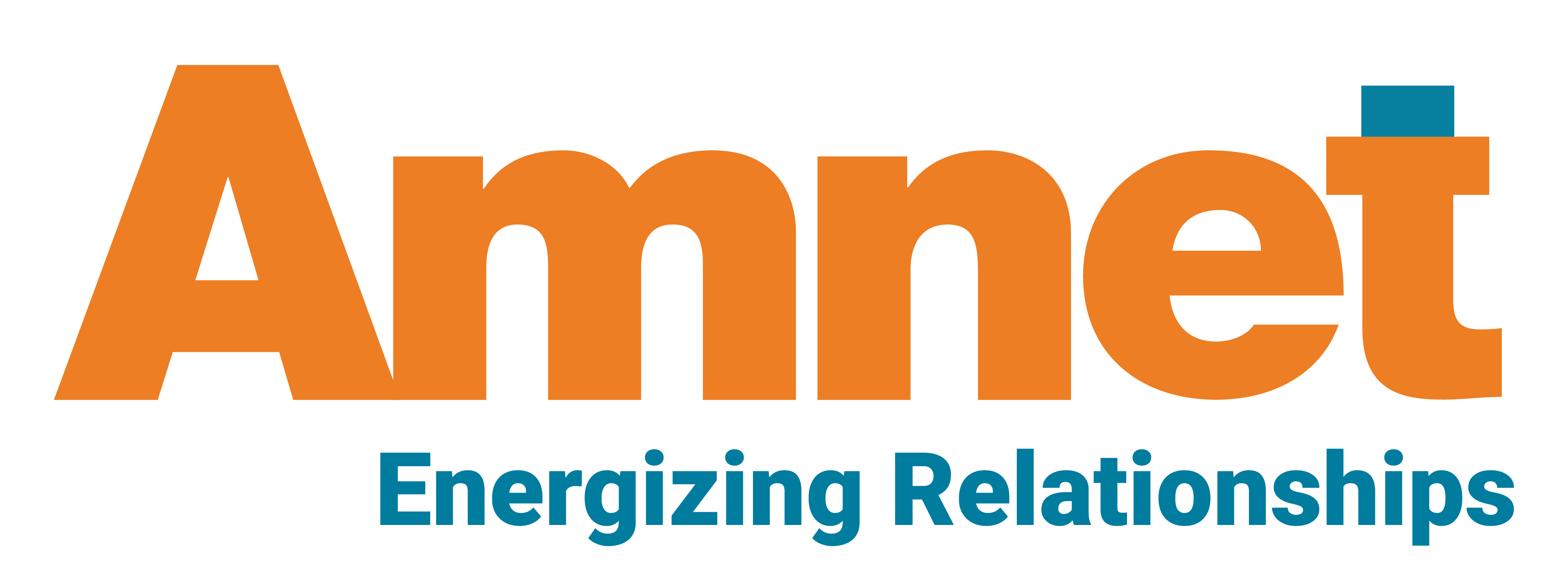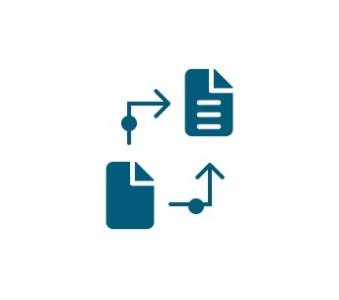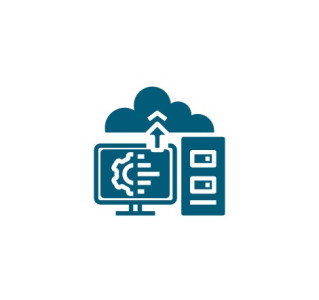BISG maintains five standing committees: metadata, rights, subject codes, supply chain, and workflow. They meet monthly, working to solve problems that affect two or more parts of the industry. While some of the problems they address are immediate and pressing, many are “horizon” issues that block industry growth or limit opportunities to try new approaches.
The work underway in BISG’s Rights Committee is a bit of both. Surveys and anecdotal information have consistently told us that rights functions need both better technology and a path forward to handle a growing demand for both inbound and outbound rights and permissions. Reporting is also a burden for many rightsholders.
To address these challenges, a working group within the committee has developed a taxonomy for the exchange of rights information. This taxonomy defines a minimum viable dataset for the communication of rights requests and rights transaction data. The taxonomy helps streamline and potentially automate two potential parts of the rights supply chain:
- Publisher to Publisher data exchange, such as between a US-based publisher and a foreign (UK-based) publisher.
- Literary Agent to Publisher, such as between an Author's agent and a Publisher, or from Publisher to Author's agent.
The proposed taxonomy was described at a very successful BISG event that took place last week in New York. An audience of publishers, literary agents, rights managers, and technology providers heard how the new taxonomy could streamline work and make reporting both transparent and easier to manage.
Over the past three decades, BISG has made other attempts to improve rights management. These efforts included development of the first “standard” form for reporting rights and royalties, an influential attempt that gained some acceptance in the 1990s. Earlier this decade, the rights committee developed a new taxonomy that struggled to gain adoption in the broader marketplace.
Two aspects of this most recent effort offer promise for the industry. The working group focused on developing standards that would help “machines talk to other machines,” creating definitions that could be mapped across systems. It also started with the assumption that the prevailing metadata standard, ONIX for Books, could be used or enhanced to provide the supply chain with a single way to convey the critical information required in the taxonomy.
Last week’s event, “Market Opportunities: Rights and Technology,” featured a full room of publishing industry professionals, coffee, and light refreshments in midtown Manhattan. Tricia McCraney (Virtusales) moderated a panel whose members included Jeffery Corrick (Penguin Random House), David Hetherington (knk), Cecilia de la Campa (Writers House), and George Logan (Klopotek). Panelists came to discuss if the US market was prepared to take advantage of international rights, and the conversation was both dynamic and collaborative.
Mr. Hetherington asked event attendees to estimate how much money they were leaving behind in untapped rights transactions. Audience members shared stories of the (countless) smaller deals that slip through the cracks. The audience consensus: the lost value of those transactions could represent 10% to 20% of annual rights revenue.
To collect on these missed opportunities, the committee developed the taxonomy as a step toward embracing automation. Jeffery Corrick and Tricia McCraney kicked things off by presenting the BISG Taxonomy Group’s work. Creating a standard set of terms and language makes this the minimum test-ready data set for rights transactions.
Where available, the taxonomy uses the already existing ONIX code lists for ease of implementation. New codes and components will also be discussed with EDItEUR, the international organization that maintains ONIX for Books.
The proposed taxonomy covers rights data, transaction requests, transaction licenses, and royalty data. A comprehensive rights taxonomy is the gateway for machines to “talk” in a standard language, leading to the possibility of automation.
The next step with this project, as explained by Mr. Corrick, is for interested publishers to participate in a trial. Any company interested in being part of a pilot was encouraged to reach out to BISG. The Rights Committee used the event to gauge broader industry and stakeholder interest, something it will continue to do while engaging with a wider audience in a meaningful way. The committee will also evaluate opportunities to leverage ONIX and/or to support the taxonomy work through EDItEUR and other standards bodies.
Why focus on rights and technology today? David Hetherington reminded the group that litigation is swift. Negative publicity over rights infringements can quickly become viral. It is more important now than ever to keep track of rights and permissions in a comprehensive way. “We can’t do this with index cards,” Hetherington quipped.
“We’re a reactive industry,” George Logan remarked, citing the slow pace of rights innovation. Cecilia de la Campa and others expressed interest in and support for the BISG Taxonomy Working Group’s efforts, with immediate engagement from potential participants in a pilot test of the new taxonomy.
Taxonomy-enabled technological solutions are needed to allow rights transactions to scale, a shift that depends on greater automation. Strategy and positioning can be essential in securing the funding needed to improve rights workflows. Effective rights management can be a new profit center, or it can be a means of data collection and risk avoidance. Different companies may look at the opportunity in different ways. However, as noted by those gathered at the Rights and Technology event, if you can’t prove and capitalize on what you own, you are throwing money away.
Disclaimer:
This is to inform readers that the views, thoughts, and opinions expressed in the article belong solely to the author, and do not reflect the views of Amnet.
Copyright © 2023 Amnet. All rights reserved. No part of this publication may be reproduced, distributed, or transmitted in any form or by any means, including photocopying, recording, or other electronic or mechanical methods, without the prior written permission of the publisher, except in the case of brief quotations embodied in critical reviews and certain other non-commercial uses permitted by copyright law. For permission requests, write to [email protected].










